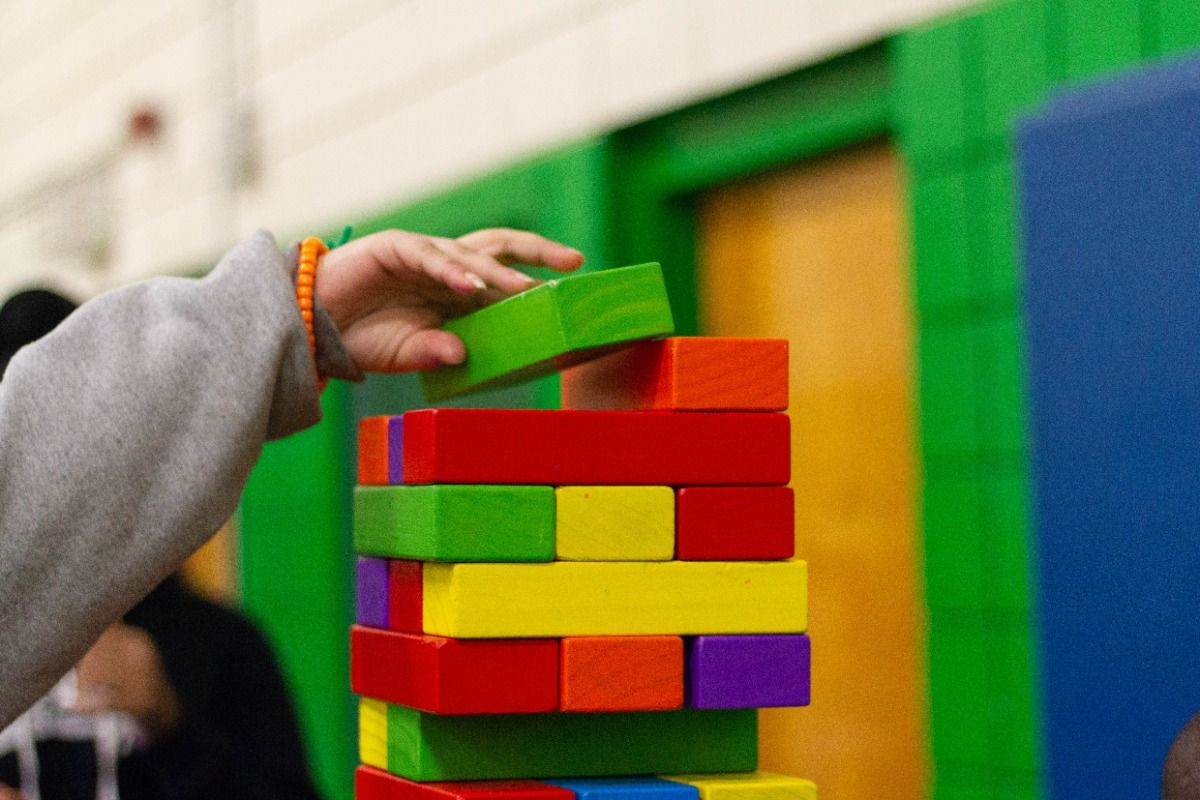
In this article, we’re going to discuss the importance of neuroplasticity and neuroplasticity exercises. Neuroplasticity is your brain’s ability to change and adapt to reconfigure information.
You’ve probably noticed that children and young teens tend to acquire new abilities faster than adults. For example, children improve faster at chess than adults, and it is easier to teach a child multiple languages than it is to teach an adult.
When it comes to neurology, neuroplasticity is possibly the most important factor when it comes to learning anything new.
Besides the obvious reasons like not having a busy schedule or as many responsibilities as adults, neurology and psychology play a big part in why children learn faster.
Psychology plays a role as children are generally more curious, energetic, and proactive than adults.
The critical period hypothesis states that language skills develop most when you’re between the age of 5 and the age of puberty. A new study from MIT suggests that you remain adept at learning languages up to the age of 17 or 18.
This is why many parents teach their children a new language while they’re still young. For example, many kids are put in French immersion classes in elementary school, and by the time they reach high school, they’re fluent in French. This learning ability does not apply only to languages, but also to games, sports, and various skills.

What is Neuroplasticity and How Does it Work?
Neuroplasticity is your brain’s plasticity or its adaptation ability to reconfigure new and existing information. It is sometimes referred to as neural plasticity or brain plasticity.
Neuro refers to the neurons in your brain, which are nerve cells that act as building blocks for the brain and nervous system. Plasticity refers to your brain’s malleability.
Neuroplasticity refers to the physiological changes in your brain that occur due to your interactions with the environment and the gathering of new information. Your brain constantly reorganises the connections among your brain cells to match your needs, and we can learn from experience thanks to this dynamic process.
In addition to learning new things, neuroplasticity also enhances your existing cognitive abilities, promotes recovery from brain injuries, strengthens weak or declining functions, and improves brain health.
One of the starkest comparisons in neuroplasticity is between a child and an adult learning how to play chess. It is much more common to witness large jumps of chess knowledge in children than it is in adults. Chess is therefore one of the best neuroplasticity exercises.
Both adults and children can become good at chess, but children can learn it faster and improve faster.
The World Chess Federation awards ‘grandmaster’ titles to chess players who reach a certain number of points in their career, and in 2021, Abhimanyu Mishra became the youngest chess grandmaster ever at age 12.
How Neuroplasticity Changes as You Age
There is rapid brain growth in the early years of life because the neurons in your cerebral cortex go from having 2,500 neurons each at birth to 15,000 each by age of three.
As you go into adulthood, the number of synapses greatly decreases because of synaptic pruning. Synaptic pruning refers to the strengthening of some connections and the pruning of weak ones.
This is another reason why children improve faster at chess than adults: they can learn and unlearn patterns easily. On the other hand, if adults use their chess patterns for a long time, it strengthens the relevant connections which makes it harder to break the bad habit.
As young brains are usually more sensitive and responsive to experiences, children and young teens tend to pick up new things faster.
Types of Neuroplasticity
Neuroplasticity is an umbrella term for your brain’s ability to alter, amend, and adapt its structure and function in response to experiences throughout your life.
There are two main types of neuroplasticity:
Structural plasticity
This refers to your brain’s ability to change its physical structure from learning. Such development can lead to permanent changes in synapses.
Functional plasticity
This refers to your brain’s ability to move functions from damaged areas of your brain to undamaged areas. These shifts will change the strength of connections between your synapses.
Both of these have potential, but more attention is on the former. People already know that some of your brain functions can be redirected, revised, and reinstated with functional plasticity, but it is exciting to learn that you can change the actual structure of your brain with structural plasticity.
This is why neuroplasticity exercises to improve neuroplasticity are so popular.

Chess as a Neuroplasticity Exercise to Improve Neuroplasticity
Chess is a complex intellectual game that improves neuroplasticity as players have to use strategic thinking, problem-solving skills, as well as memory and cognitive abilities.
These skills are further stimulated and strengthened as players continue practising. Chess is one of the best neuroplasticity exercises out there.
Other benefits of playing chess include:
- Improves your memory
- Develops your focus
- Boosts your creativity
- Shifts your perspective
- Increases your planning skills
- Enhances self-awareness
- Defends against dementia
- Helps those with ADHD
- Decreases panic attack symptoms
In children, chess can also improve problem-solving, social, and thinking skills.
Children and young teens have more neuroplasticity than adults because they have more to learn and their brains are always creating new connections.
Other Ways to Improve Your Neuroplasticity
Sleep Well
Sleep is essential for physical and mental health, and it’s no different when it comes to neuroplasticity.
Ensure you have good sleep by learning how to sleep well during the pandemic and how to fix your sleep schedule.
Play Video Games
Yes, you read that right. Playing video games can improve your neuroplasticity as it can improve your visual perception, ability to switch between tasks, and ability to process information.
Do note that playing video games excessively can also lead to addictive behaviour.
Work Out
We know that exercise makes you physically stronger, but it also strengthens your brain.
Studies show that working out can improve motor coordination and brain connectivity to fight against cognitive decline.
Learn to Juggle
Juggling can improve the connections between different parts of your brain by adjusting the structure of ‘white matter’ in your brain.
This affects your parietal lobe, which is essential for sensory perception and integration. This finding could lead to creating new therapies for people with brain injuries.
Make Music
Multiple studies have shown that music can positively impact the brain and its functions.
This study by long-term musical training improves your structural and functional plasticity, which may produce a cognitive difference between musicians and non-musicians.
Create Art
Being creative is a surefire way to get your brain going.
The University of Sydney found that studies showed you can reorganise your frontal cortex by engaging with art regularly. This means your creativity will be enhanced and you will be less affected by inhibitions.

Travel
Travelling exposes you to foreign experiences that can increase cognitive flexibility as well as depth and interactiveness of thought.
Whether you choose to visit a museum, go on a hike, or find your way around a new city, your brain will be making deep connections.
Observe
As aforementioned, children tend to be more curious than adults. This allows them to find learning opportunities in everyday activities.
Adults can do the same by being present and observing their environment and the interactions around them.
Explore
Explore your own house or neighbourhood to find new places to go, things to see, and activities to do.
If you’re not keen on moving around, you can explore digitally by learning a new hobby or obtaining a new skill.
Read
Not only does reading improve your grammar and expand your vocabulary, but it also exposes you to different thoughts, ideas, and perspectives.
If you can’t focus on reading a book, try audiobooks or podcasts to reap the benefits instead.
In Conclusion
Yes, children and young teens may have greater neuroplasticity than adults, but that does not mean there aren’t ways to improve your neuroplasticity as an adult.
If you keep up with these healthy brain habits and continue neuroplasticity exercises, you’ll be able to create and strengthen the synapses in different areas of your brain and their relevant functions.
You can find out more about your brain health by trying CircleDNA’s test kit that has over 500 reports in over 20 categories including reports on brain health.






